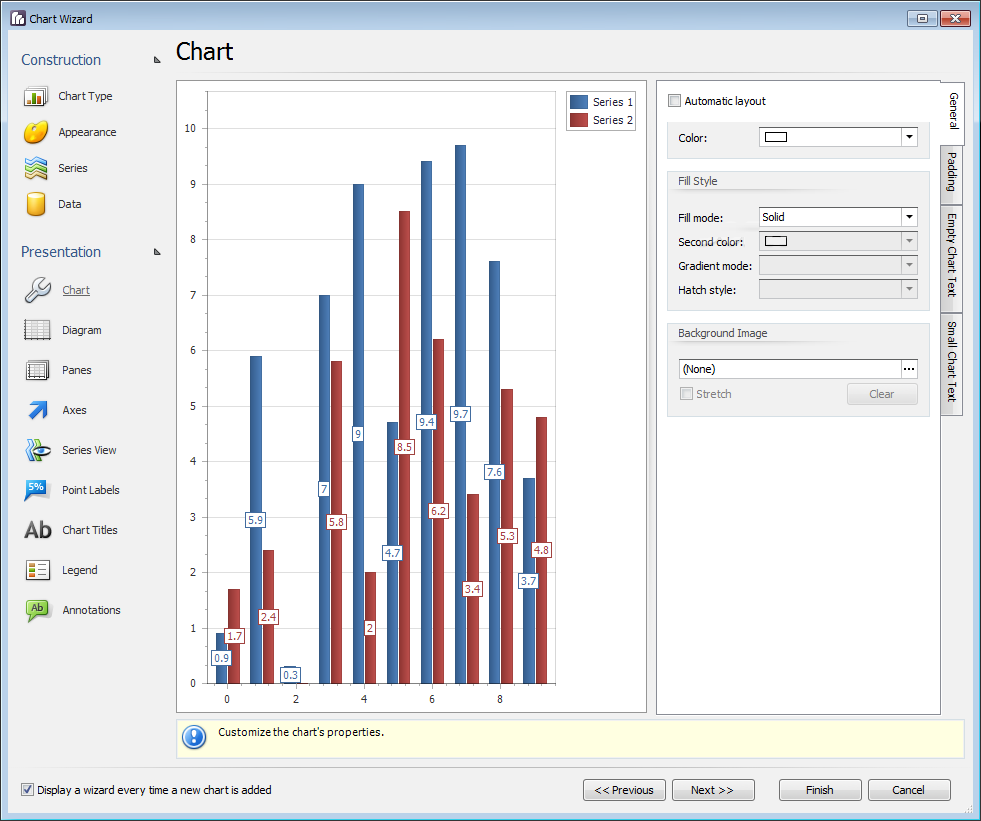

Bordini et al. highlighted that BDI agents have distinct advantages in that they provide the capability of interleaving plan selection and action selection, and can recover gracefully from failure. This model for defining agency was adapted for use in computer science using modal logic to underpin rational decision-making . The BDI approach was first developed in the field of cognitive science by Bratman in the 1980s as a means of modelling human agency . This means that the agent’s actions will always move the agent closer to its goals. Assuming a correct symbolic representation of the environment and the agent’s behaviours, decisions are made using rational reasoning. When an agent selects a plan to execute, it has set its intention. To do this they have a set of plans, behaviour programs, that they can choose to execute based on their context. These agents maintain a set of beliefs about themselves and their environment, and have desires, or goals, that they need to achieve. It also reduced the development burden needed for applying the approach to a specific robot.Īgents implemented using BDI are rational, with knowledge, behaviours, and goals defined using a declarative, symbolic programming language. From these case studies, the approach was demonstrated as capable of controlling the robots in the application domains. These included simple grid environments, a simulated autonomous car, and a prototype mail delivery robot. This method was used for demonstrating the capability of BDI agents to control robots for a variety of application domains. Agents implemented using this approach are rational, mission capable, safety conscious, fuel autonomous, and understandable. This allows developers for specific application domains to focus on domain-specific code. Behaviours which are common to all mobile robots, such as for navigation and resource management, are provided. It also provides the needed customisation to the agent’s reasoner for ensuring that the agent’s behaviours are properly prioritised. This framework provides the means of connecting the agent reasoning system to the environment, using the Robot Operating System (ROS), in a way that is flexible to a variety of application domains which use different sensors and actuators. The Bash scripts perf-jprofiler.sh and perf-flightrecorder.This paper provides the Agent in a Box for developing autonomous mobile robots using Belief-Desire-Intention (BDI) agents. It is required to define the installation directory and the session There is integration with JProfiler through the dat files from the PerfReport applications and generates Performance reports can be averaged using Which will generate a perf.png file with the graphs. The data is presented on the console, and a GNU plot script is generated. Which takes 3 arguments output from NoopTS run, output from Narayana/MEM run and MCP_IMPL: The implementation class of ManagedConnectionPool TX_COMMIT_DURATION: The number of milliseconds spent in the resource during tx.commit() TX_BEGIN_DURATION: The number of milliseconds spent in the resource during tx.begin() USE_CCM: Register connections with the cached connection manager USE_TRANSACTION_FOR_NOTRANSACTION: Use a transaction for NoTransaction scenario RECORD_ENLISTMENT_TRACES: Should enlistment be recorded TRANSACTIONS_PER_CLIENT: The number of transactions each client should perform RAMP_UP_ITERATIONS: The number of iterations that the ramp-up should perform Mockito framework to verify class and method behaviors.Īn example: Test public void printFailuresLogShouldReturnNotEmptyStringForWarning () throws Throwable Īs you can see the BDD style respects the test method name and using theĬLIENTS: The number of clients in each run We are mocking our input/output conditions in our unit tests using the There are other jnuit.* properties defined in the main build.xml that can be controlled in the same You can of course change them statically in the build.xml file or temporary using -Djunit.haltonerror=yes. You can control the behavior by using the junit.haltonerror and junit.haltonfailure The build script does not fail in case of test errors or failure. Where -Dmodule specifies which module to execute the test cases in. You can also execute all test cases of a single module using The -Dtest parameter specifies the test case itself. Where -Dmodule specifies which module to execute the test case in.
#JPROFILER 5.2.1 FULL#
We have full coverage of the JCA specification as well as our implementation.Īnt -Dmodule=embedded -Dtest=.unit.ShrinkWrapTestCase one-test The overall goals of our test environment is to execute tests that ensures that


 0 kommentar(er)
0 kommentar(er)
